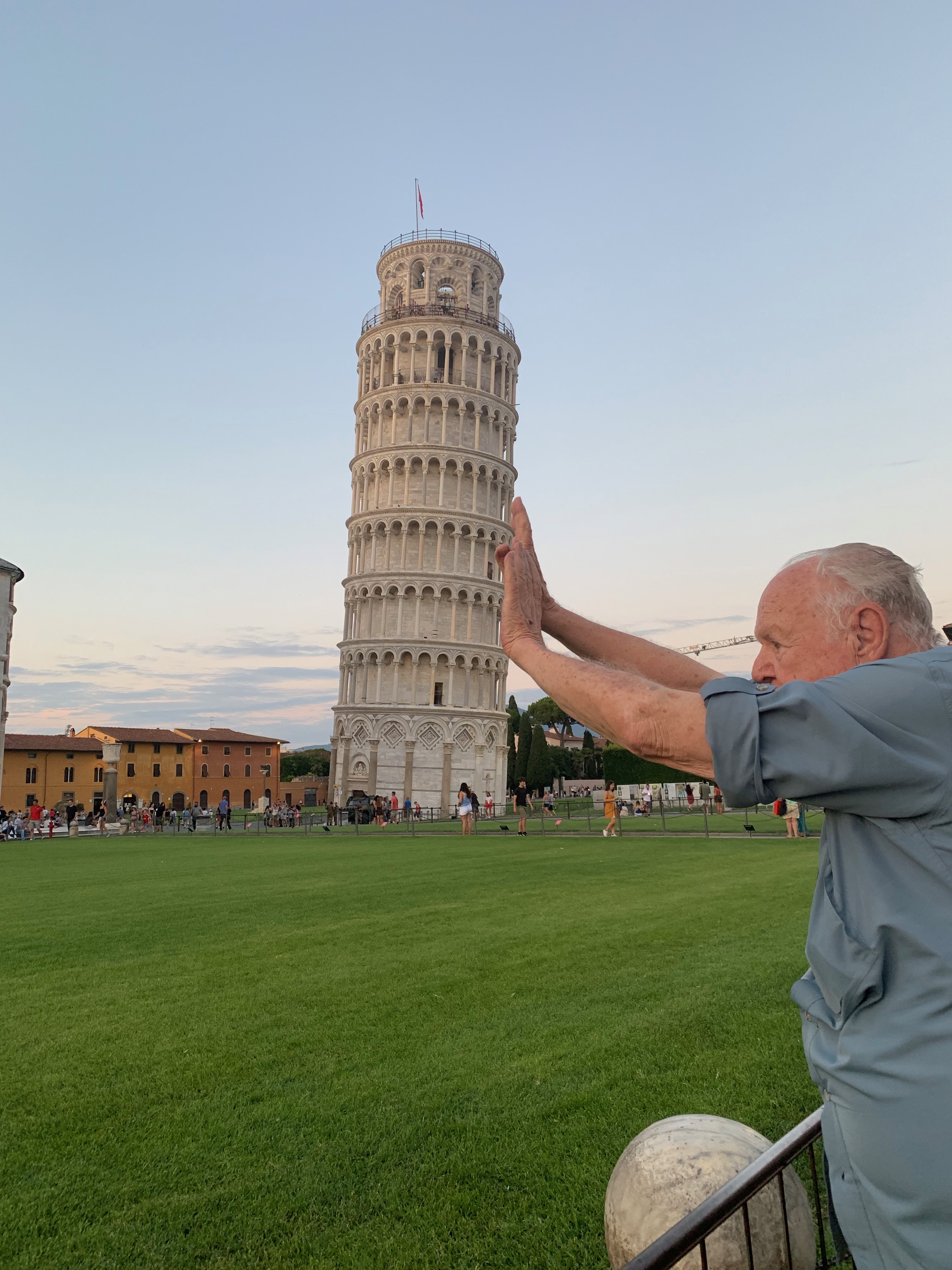
By Alfredo Carpineti | 16 Mar 20, 12:52
Over the last few years, a dramatic tension has arisen between measurements of the expansion rate of the universe. Different approaches to measuring this cosmological parameter have delivered different results and astronomers have been very busy trying to understand why. Is the expansion rate of the universe changing over time or is there is something wrong with our measurements?
A recent paper, published in Physics Letter B, is going for the latter but it is not putting the blame on anyone’s work. Professor Lucas Lombriser from the University of Geneva suggests that we might be in a peculiar cosmic zone where the average density of the universe is about half as much as the rest of the cosmos. This would make the discrepancy disappear.
“These two values carried on becoming more precise for many years while remaining different from each other. It didn’t take much to spark a scientific controversy and even to arouse the exciting hope that we were perhaps dealing with a ‘new physics’,” Lombriser said in a statement.
The two main approaches to measuring the expansion rate of the universe, known as the Hubble parameter or H0, used the cosmic microwave background (the first light that freely shone in the universe) and explosions of a particular type of supernovae. Lombriser’s interest is on the latter.
The value obtained with the supernova is susceptible to the matter density of the universe. On large scales, we believe that the universe is uniform but on smaller scales, this is not always the case. Lombriser calculated that if we were in a low-density “Hubble bubble” about 250 million light-years across, the two measurements would no longer be so irreconcilable.
“If we were in a kind of gigantic ‘bubble’ where the density of matter was significantly lower than the known density for the entire universe, it would have consequences on the distances of supernovae and, ultimately, on determining H0,” explained Lombriser. “The probability that there is such a fluctuation on this scale is 1 in 20 to 1 in 5, which means that it is not a theoretician’s fantasy. There are a lot of regions like ours in the vast universe.”
The hypothesis is interesting in that it doesn’t require any exotic explanations, but it is not a confirmed solution. In astronomy, we always need to face the fact that we should not be in a special place in the universe to explain what we see. If Lombriser is right, we might be, but until we can prove that the mystery of the expansion of the universe remains.
